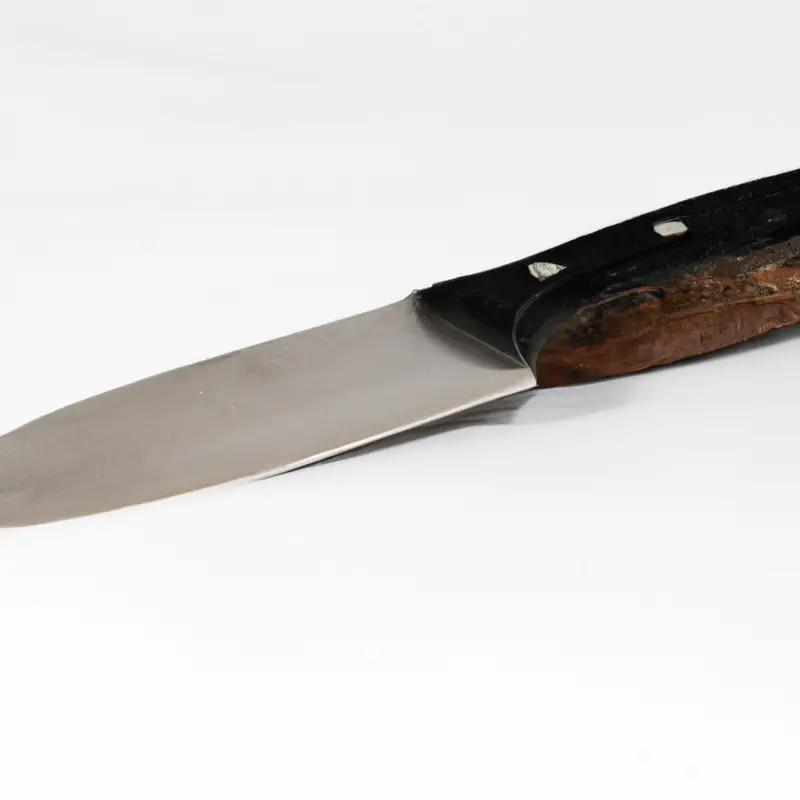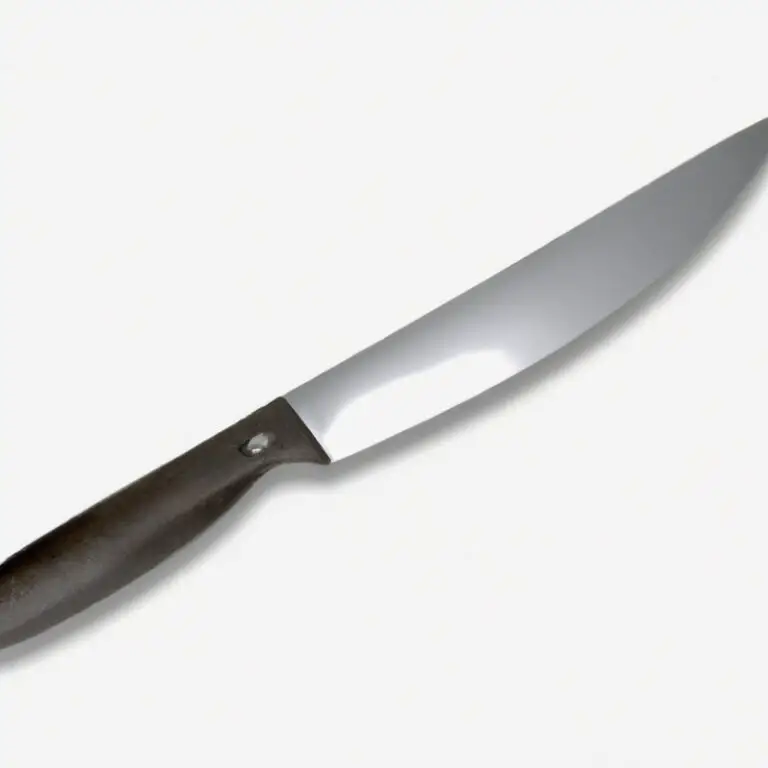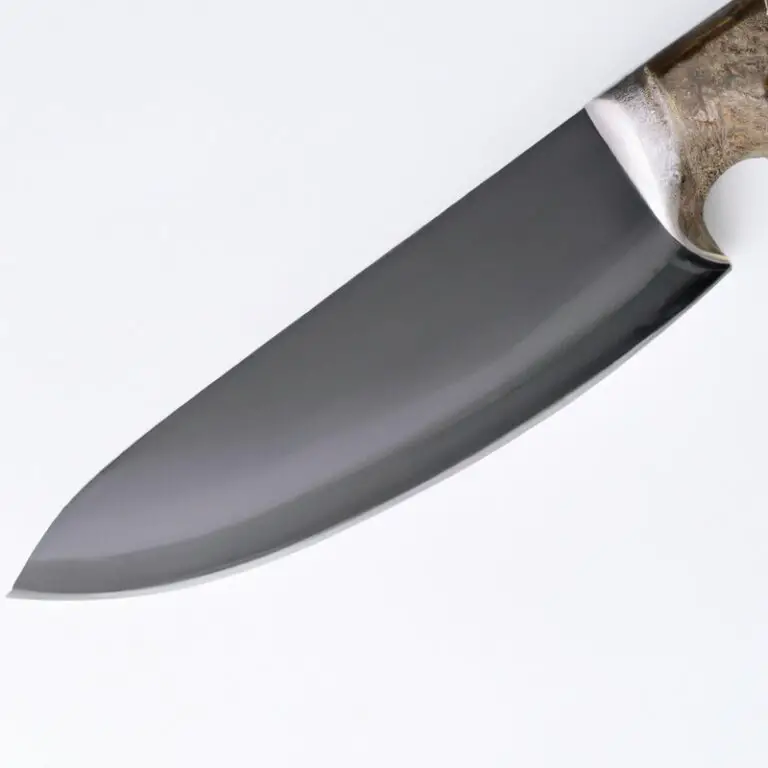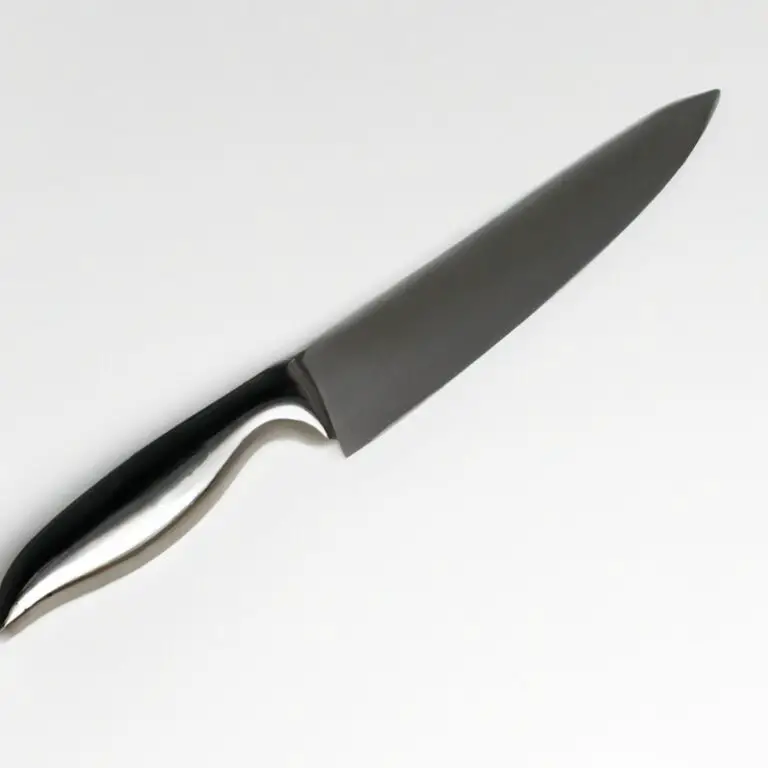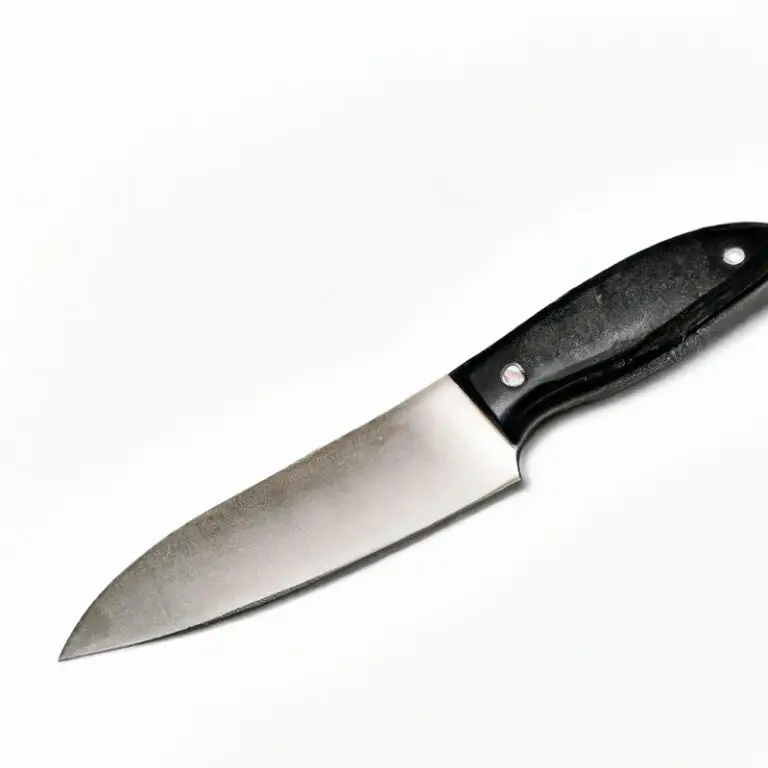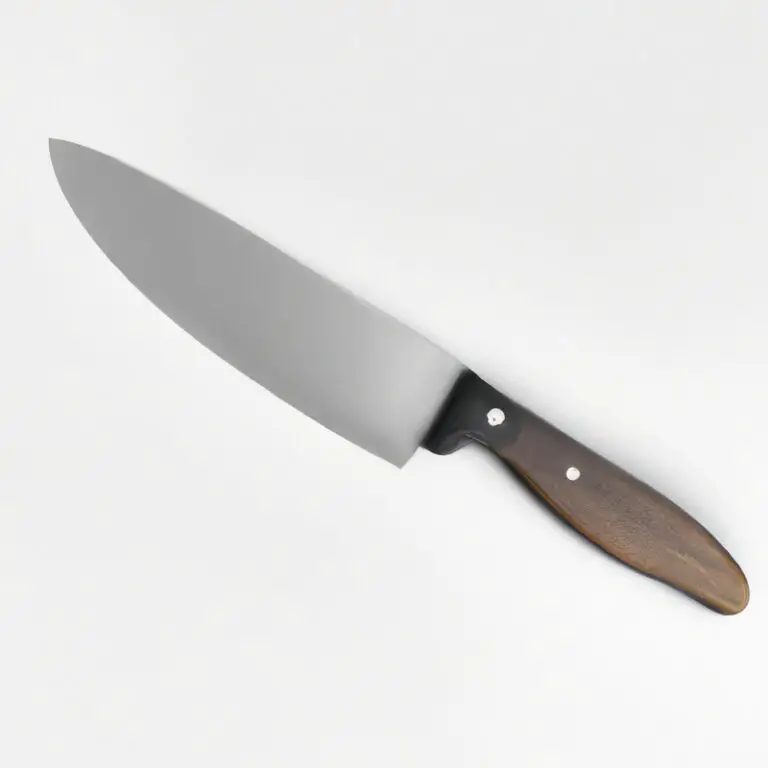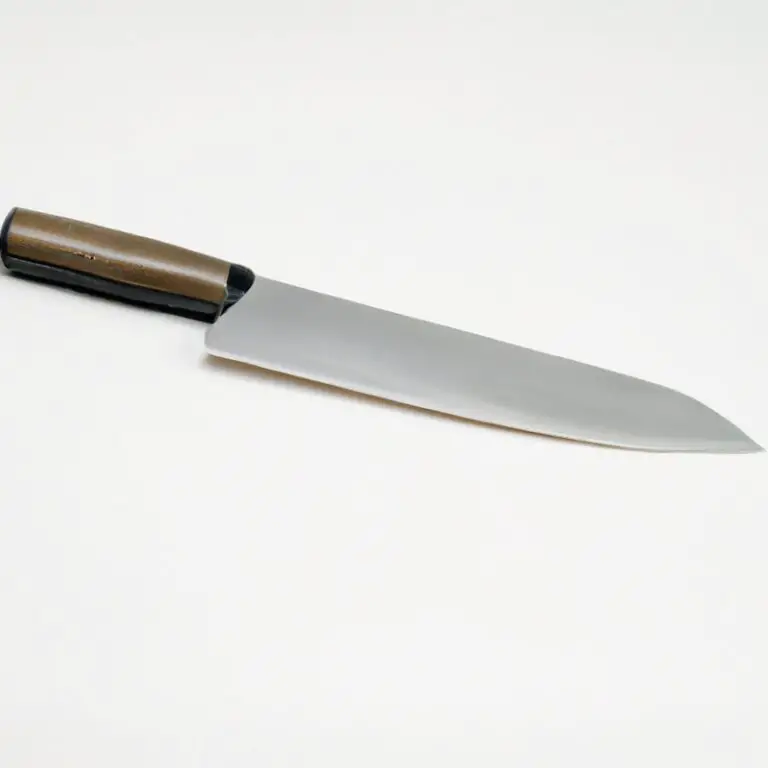How To Fillet a Pickerel Using a Fillet Knife? Easy
Key Takeaways:
- A fillet knife is essential for achieving precision cuts when filleting a pickerel.
- Proper technique and experience can make filleting a pickerel quick and simple.
- Removing the rib bones and sectioning the fillet can enhance the taste and presentation of the fish.
- Always exercise caution when handling sharp tools and raw fish.
If you’re an angler and you’ve bagged a pickerel, congratulations! You have a delicious fish to feast on. But before you can enjoy it, you need to fillet it.
While filleting a pickerel may seem daunting, it’s actually a straightforward process with the right tools and techniques.
In this article, I’ll guide you through the entire process, from preparing the fish to storing your filleted pickerel. You’ll learn all the essential steps to fillet a pickerel using a fillet knife, ensuring perfectly filleted fish every time.
So grab your fillet knife and let’s get started!
| Steps | Instructions |
|---|---|
| Step 1 | Place the pickerel on a cutting board with the belly up and the head facing away from you. |
| Step 2 | Insert the tip of the fillet knife at the top of the head just behind the gills, and cut through to the backbone in one smooth motion. |
| Step 3 | Move the knife to the tail and cut along the backbone, keeping the knife blade pointed against the ribs and keeping the blade as flat as possible. |
| Step 4 | When you reach the ribcage, angle the knife blade and cut under the ribcage, separating the fillet from the bones. |
| Step 5 | Turn the fish over and repeat steps 2 through 4 to fillet the second side. |
Essential Tools for Filleting Pickerel
The essential tools for filleting pickerel include a fillet knife, cutting board, pliers, and a fish scaler. A fillet knife with a flexible and sharp blade is crucial to ensure a clean and precise cut.
A cutting board with a non-slip surface is ideal to prevent accidents while filleting.
Pliers can be used to grip and remove small bones during the cleaning process. A fish scaler is useful to remove the scales from the fish before filleting.
Having these tools on hand will make filleting pickerel easier and more efficient.
Preparing the Fish for Filleting
Before you start filleting a pickerel, it’s important to prepare the fish properly. Here are the steps to follow:
- Remove the scales: Hold the fish firmly and use a scaler or the back of a knife to remove the scales.
- Gut the fish: Use a sharp knife to make a cut from the anus to the gills. Remove the innards, making sure to remove all the entrails.
- Remove the head: Use a sharp knife to cut through the neck bone, separating the head from the body.
- Rinse the fish: Rinse the pickerel thoroughly, removing any remaining scales or debris.
By following these steps, you’ll be ready to start filleting your pickerel with ease.
Choosing the Right Fillet Knife
When it comes to choosing the right fillet knife for filleting pickerel, there are a few key factors to consider. Firstly, ensure that the knife has a sharp, flexible blade.
This will allow you to make precise cuts around the bones and remove the skin smoothly.
Additionally, consider the length of the blade. A blade length of 6 to 9 inches is ideal for filleting pickerel.
A shorter blade may not be long enough to make the necessary cuts, while a longer blade may be difficult to maneuver around the bones.
Another important factor is the handle of the knife. It should provide a firm grip and be comfortable to hold, especially if you’ll be filleting multiple fish at once.
Non-slip handles are recommended, as they can prevent slips and accidental cuts.
Lastly, choose a fillet knife made of high-quality materials. Stainless steel or carbon steel are both excellent options as they are durable and rust-resistant.
Investing in a good fillet knife may seem like a small detail, but it can make a world of difference in the quality of your filleted fish.
Take the time to choose the right fillet knife and it will make your filleting process faster, easier and more enjoyable.
Holding the Fish for Proper Filleting
To properly fillet a pickerel, holding the fish correctly is crucial. First, grasp the fish’s head firmly with your non-dominant hand.
Then, use a towel or fish holder to grip the tail and keep it steady.
Make sure the fish’s belly is facing up towards you, and position it on a flat, stable surface. Holding the fish in this manner allows you to make precise cuts and avoid any slips or mistakes.
Always maintain a steady grip and keep your fingers clear of the fillet knife to avoid accidents.
Making the First Cut for Filleting
To make the first cut for filleting, place the pickerel on the cutting board with its head facing away from you. Insert the tip of the fillet knife behind the gills and slice down towards the backbone, making sure to leave enough meat on the fish.
Then, cut along the top of the backbone until you reach the tail.
Next, remove the fillet by sliding the knife between the rib bones and the flesh, keeping the blade close to the rib bones. Repeat the process on the other side of the fish.
Be sure to remove any fins and scales before filleting.
It is important to use a sharp fillet knife and keep the knife blade close to the bone to avoid losing meat. Practice your technique to ensure that you get the most meat from your pickerel fillets.
With careful precision and some practice, making the first cut for filleting will become second nature.
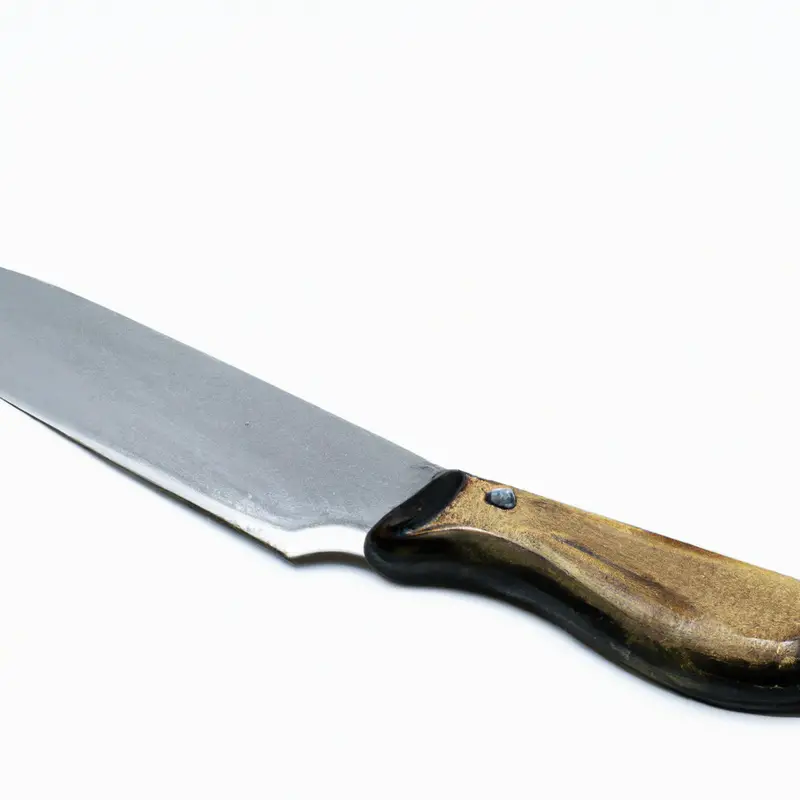
Removing the Skin from a Pickerel Fillet
To remove the skin from a pickerel fillet, start by making a small incision at the base of the fillet closest to the tail. Next, use your fillet knife and slide it gently along the skin while keeping it as close to the skin as possible.
Your knife should be angled towards the head of the fish as you slide it beneath the skin, ensuring it severs the connective tissue that attaches the skin to the flesh.
Gently hold onto the skin with your non-dominant hand and pull it away from the fillet in the opposite direction of the knife. This will help keep the flesh from tearing while removing the skin.
Be patient and work slowly and carefully to ensure you remove all the skin.
Any remaining bits of skin can be removed with your knife. Once you have removed the skin, you can proceed to remove the rib cage and clean and trim the fillet.
Remember, practice makes perfect.
Don’t get discouraged if it takes a few tries to get it right. Soon enough, you’ll become a pro at removing the skin from a pickerel fillet.
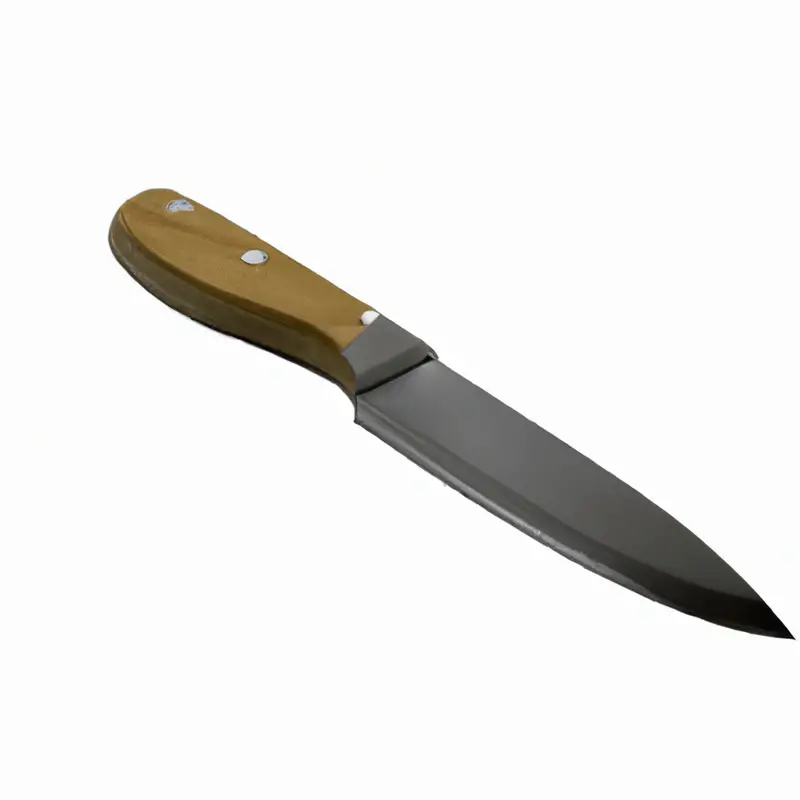
Separating the Rib Cage from the Fillet
To separate the rib cage from the fillet, use the tip of the fillet knife to slowly glide along the bones under the fillet. Cut as close to the bone as possible to remove as much meat as you can.
To make the process easier, wiggle the blade back and forth to detach the flesh from the bones.
Be careful not to cut through the bone or remove too much of the flesh. Take your time and make small, precise cuts to ensure you get the maximum amount of meat from your fillet.
Once you’ve separated the rib cage from the fillet, use the fillet knife to remove any remaining bones or cartilage.
Check for any stray bones or scales and remove them with a pair of pliers or tweezers. By following these steps, you will end up with perfectly filleted pickerel ready for cleaning, trimming, and storing.
Cleaning and Trimming Your Pickerel Fillets
Cleaning and trimming your pickerel fillets is an essential step in preparing them for cooking. Begin by rinsing the fillets under cold water and patting them dry with paper towels.
Using a sharp fillet knife, remove any remaining bones and cut away any dark meat or fat that may be present.
To further remove any lingering bones, run your fingers over the flesh and gently pull them out with tweezers. Take care not to over-trim the flesh as this can lead to a loss of flavor and texture.
Once you have cleaned and trimmed your fillets, you can season them to your liking and prepare them for cooking.
Store any unused portions in an airtight container in the refrigerator for up to two days, or freeze for longer storage. Remember to always practice safe food handling procedures, including washing your hands and equipment before and after handling raw fish.
Storing Your Filleted Pickerel
Once you’ve filleted your pickerel, it’s essential to store it properly to maintain its quality and freshness. The first step is to rinse the fillets in cold water to remove any blood or loose scales.
Then, pat them dry with paper towels.
Next, decide whether you want to store the fillets in the refrigerator or the freezer. If you plan to eat them within a day or two, store them in an airtight container in the refrigerator.
For longer storage, wrap the fillets tightly in plastic wrap and aluminum foil before placing them in the freezer.
When storing in the freezer, label the package with the date and type of fish to keep track of its freshness. Try to use the fillets within three months for the best quality.
If you plan to transport the fillets, place them in a cooler with ice to keep them fresh.
And, always remember to keep the fillets chilled until you’re ready to cook them. By following these simple steps, you can store your filleted pickerel properly and ensure that it remains fresh and delicious for future meals.
Tips for Successful Pickerel Filleting
Here are some tips for successful pickerel filleting:
- Use a sharp fillet knife: A dull knife can shred the fish and make it difficult to separate the flesh from the bones.
- Remove the scales: Scales can make handling the fish difficult. Use a scaler to remove them before filleting.
- Choose the right cutting board: Go for a board with a non-slip surface to keep the fish in place.
- Keep the fish cold: Filleting a warm fish is difficult and can lead to the fish breaking apart. Keep it in ice until ready to fillet.
- Remove the rib cage carefully: Use a sharp knife to carefully cut around the rib cage to avoid losing any meat.
- Cut against the grain: When separating the flesh from the bones, cut against the grain for a cleaner and smoother fillet.
- Practice makes perfect: The more you fillet, the better you become. Practice with smaller fish before attempting larger ones.
Following these tips will help you achieve a successful fillet job with minimal waste.
Final Verdict
Filleting a pickerel can be a daunting task, but with the right tools and techniques, it can be an enjoyable experience. By using a sharp fillet knife, properly holding and cutting the fish, and following the steps for cleaning and trimming the fillet, you can create delicious meals from your catch.
Remember to always handle fish with care, and take your time when filleting to ensure a safe and successful outcome.
With these tips and tricks, you can become a pro at filleting pickerel and impress your friends and family with your culinary skills. Happy fishing and filleting!

